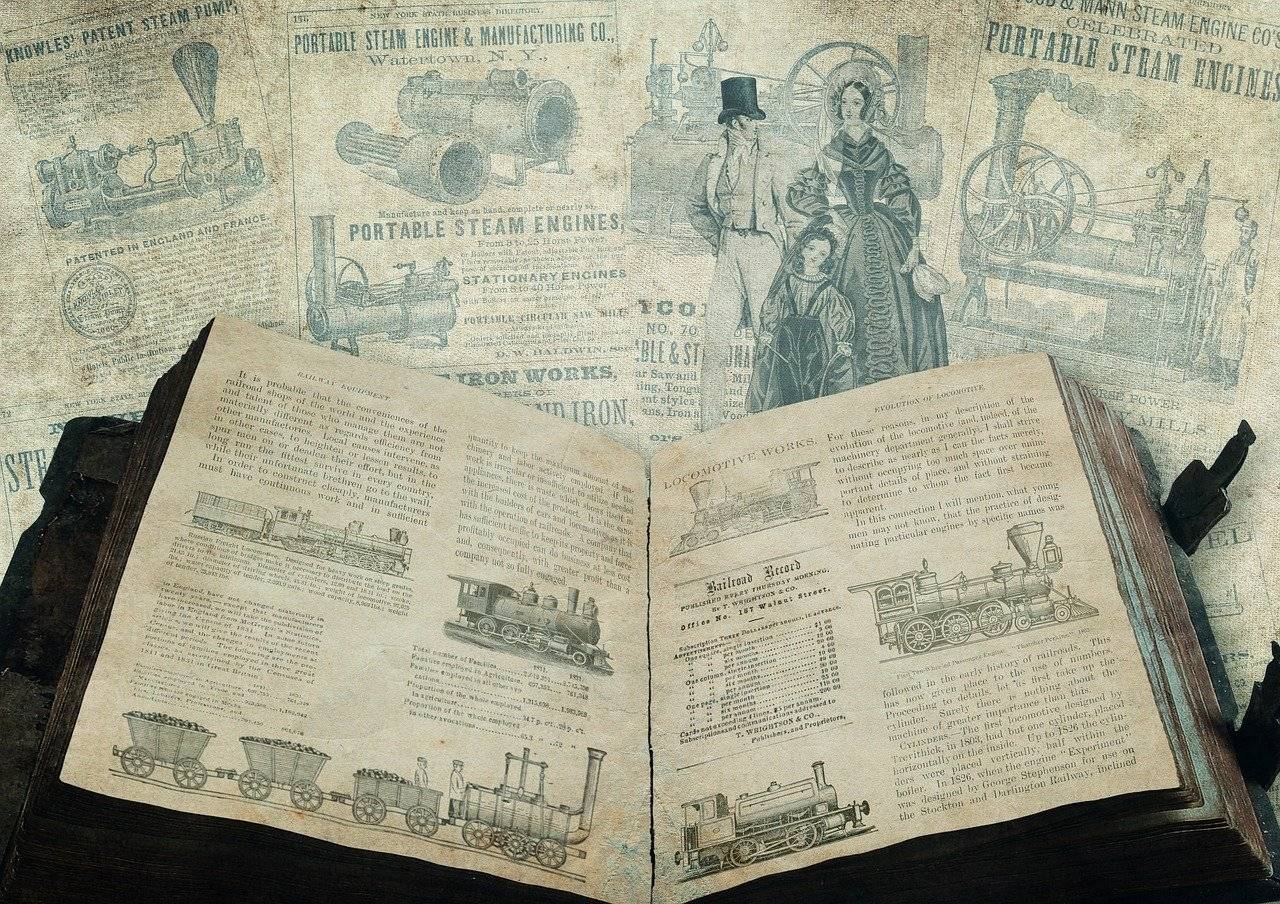This post was first published on 12th February, 2011.
The prestigious Aero-India show 2011 has already taken off in Airbase Yelahanka. I wanted to watch the show on the opening day itself but unfortunately missed it. Aircrafts always has been a passion for me. So I thought of sharing some interesting facts about aircrafts, which are mentioned below.
A fighter aircraft is primarily designed for air to air combat with other aircraft. Many of them are provided with ground attacking capabilities. The ultimate aim of using a fighter aircraft is to gain air superiority over the enemies during the battle. The early forms of fighter crafts that made their appearance during First World War were the huge air ships and were lightly armed. By World War 2, the fighter crafts were all metal planes with cannons and machine guns. By the end of war, turbo jet engines started replacing the conventional piston engines.
The development of present aircrafts from the old versions took place through various stages. The first generation fighters used piston engines which were later replaced by the turbo jet engines by the end of World War 2. Also these plains were increasingly fitted with bomb racks to provide close air support. Another improvement made at the time of Second World War is the use of radars with the fighter crafts which helped them locate their targets at night.
Developments continued to be made even after the world war. Though the first rocket powered aircraft was tested in 1928, such aircrafts were mass produced in 1944. In 1950s British developed mixed power engines which used both jet engines as well as rocket engines for flight. The jet fighters are further classified into various stages and the fighter aircrafts which are presently in use fall under 5th generation.
The 5th generation fighter aircrafts are provided with high bandwidth radars, infra red search and track sensors, multi sensor data fusion for improved situational awareness to reduce pilots work load, latest communication technologies along with warfare system technology, integrated communication, navigation and identification technology, stealth technology that makes the aircraft less prone to radars, vehicle health monitoring systems and lot more.
On carrying out a patent search, I found some interesting patents related to stealth aircrafts, which are nowadays regarded as one of the most advanced feature of present aircrafts. They are aforementioned for readers review.
On 31st may 1996, James W Barinsfield of Lock Heed Martin Corporation filed a patent application titled “Stealth Aircraft Identification System” (US 5808577). The objective of invention was to provide an aircraft with identification information when illuminated by an incident radar signal. In the system described herein, a portion of the aircraft was incorporating a magnetic material which will absorb a significant portion of the incident radar signal while the rest is reflected and scattered back in the direction of the incident radar signal. An electromagnetic coil assembly is positioned behind the aircraft skin to impress a biasing field on a portion of aircrafts surface such that the biasing field modulates the reflected and scattered signal. Along with modulating the signal, the system incorporates identification information in encoded format.
On 3rd April 2007, Samuel Barran Tafoya filed a patent application titled “Stealth Attacking Fighter Bomber” (US 7581699 B1). The invention discloses a fighter aircraft having a rhomboid air frame with dihedral bottom surface and a top surface designed as an airfoil. The rhomboid cross sectional configuration provides the aircraft with increased lift, stealth characteristics and enhanced load bearing capacity. The design also has two central tubes stacked one upon another and extending front to rear. The upper tube is equipped with housing for the pilot, guns forward from and inline with the pilot, a gear/ equipment compartment behind the pilot and fuel tanks positioned behind the gear/ equipment compartment. The lower tube houses air intake for the engine, radar, nose gear, bombs and rear engine. The dihedral bottom provides the aircraft capability for emergency landing either on hard runway surfaces or on water. Also options are provided to mount rockets on the top of lift area.
Aero-India has been reported to be fascinating this time as well, thanks to the technology developments fostered by many such inventors.
Authored by Naveen KM




0 Comments
Raja
valuable info